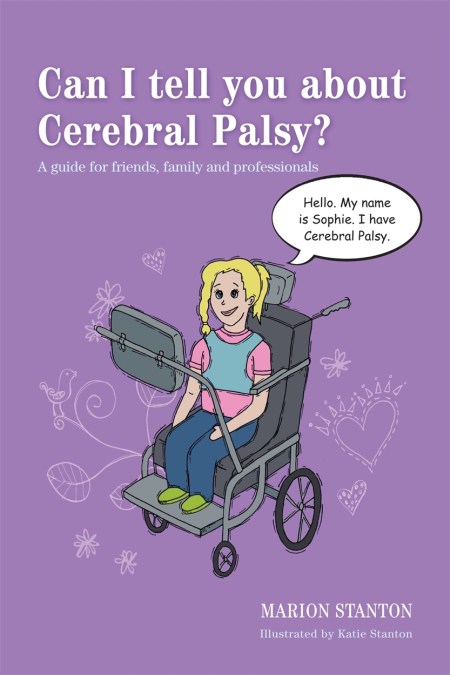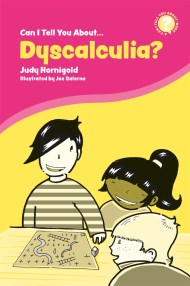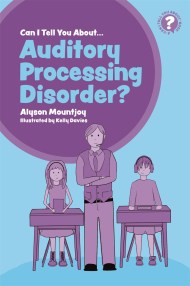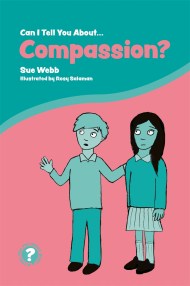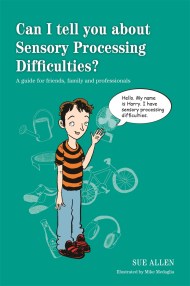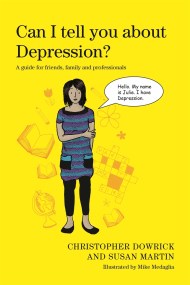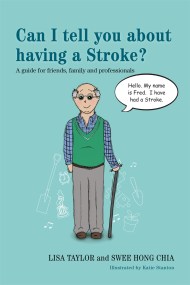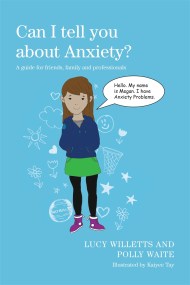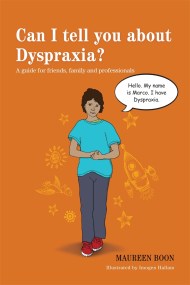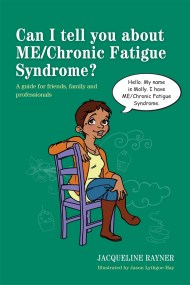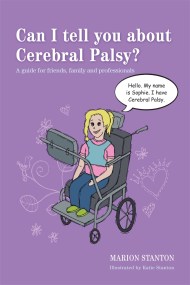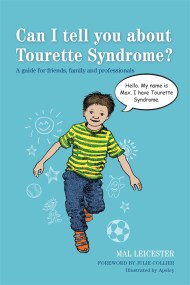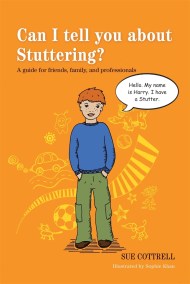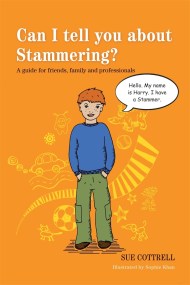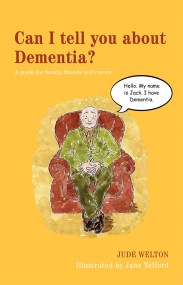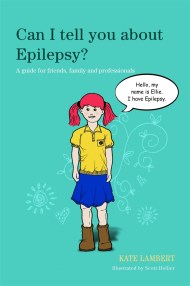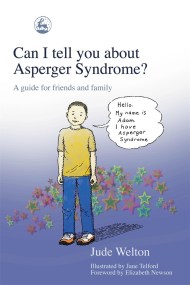Can I tell you about Cerebral Palsy?
On sale
21st January 2014
Price: £10.99
Meet Sophie – a girl with cerebral palsy (CP). Sophie invites readers to learn about CP from her perspective, helping them to understand what it is like to use a wheelchair to move around and assistive technology to communicate. She also introduces readers to some of her friends who have different forms of CP and explains that living with CP can sometimes be difficult, but there are many ways she is supported so that she can lead a full and happy life.
This illustrated book is ideal for young people aged 7 upwards, as well as parents, friends, teachers and professionals working with children with CP. It is also an excellent starting point for family and classroom discussions.
This illustrated book is ideal for young people aged 7 upwards, as well as parents, friends, teachers and professionals working with children with CP. It is also an excellent starting point for family and classroom discussions.
Newsletter Signup
By clicking ‘Sign Up,’ I acknowledge that I have read and agree to Hachette Book Group’s Privacy Policy and Terms of Use
Reviews
This delightful book gives an insight for someone new to working with children with cerebral palsy. I would recommend this book to students of healthcare or special education or those recently employed in the fields of health, social care or education. This book provides an insight into the lived experiences of a child with cerebral palsy and is practical, describing how to facilitate their achievements in an empowering way.
Marion Stanton clearly describes the importance of actively working with individuals who experience life with cerebral palsy. Their experience is and will always be quite unique from the experience of another person who experiences life with cerebral palsy. This requires an active and meaningful engagement with the person, which is respectful of the person and of their communication. This is what Marion Station demonstrates throughout her book. Her approach unfortunately, remains quite unusual and all the more compelling for that reason.
It should be a must read for people who are interested in the area but more particularly professionals who profess to know about cerebral palsy without their knowledge being informed by the individuals who experience it.
I full commend the book and Marion's approach to its compilation.

